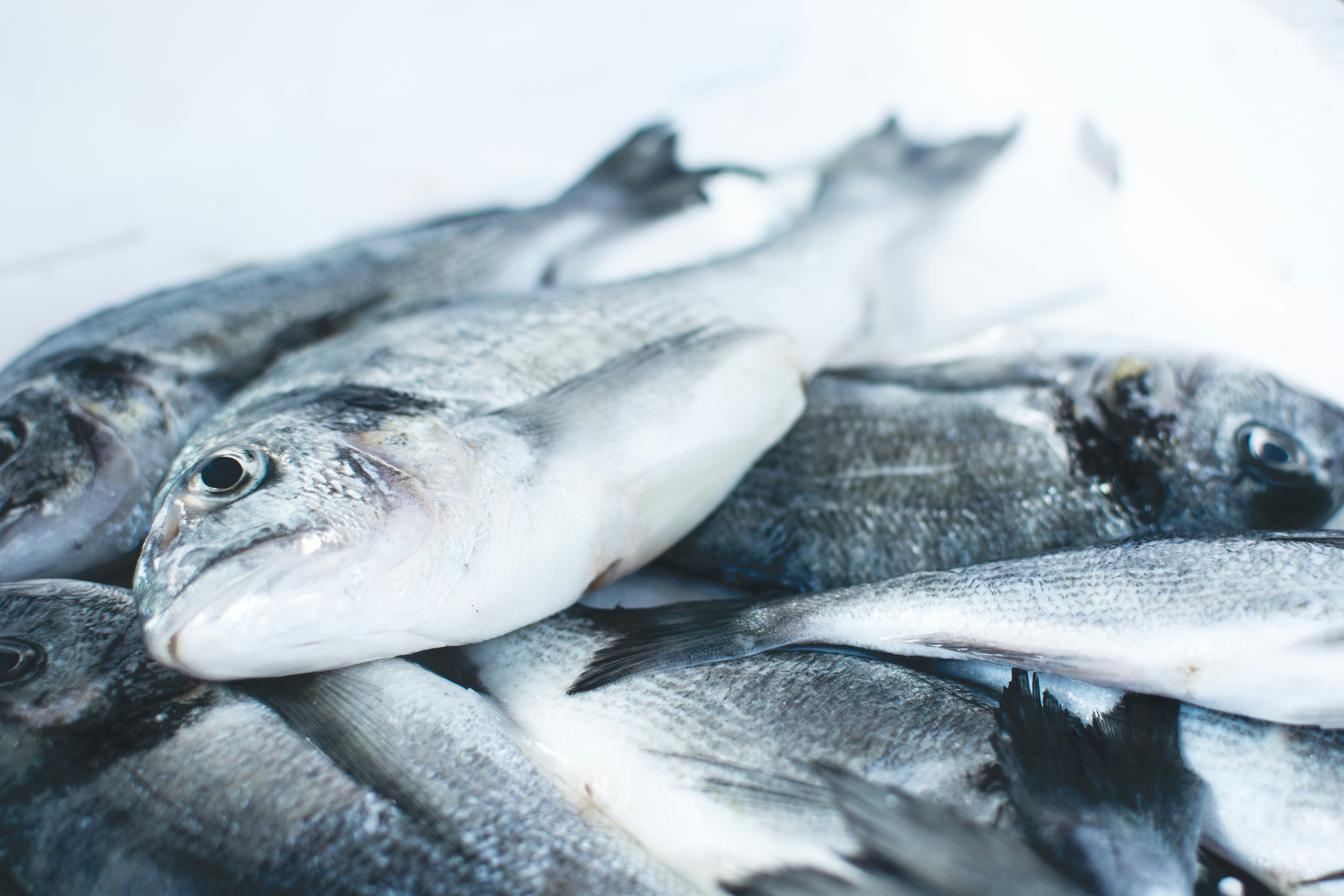4 Essential Tips on How to Ship Frozen Fish Effectively

The quality of a seafood product that makes it to market largely depends on how well a purchase order is transported throughout the supply chain. Ensuring the health and safety of the food means prioritizing things like temperature, time, packaging, labeling, and refrigeration—all necessary components for fresh delivery.
For your learning, this article will explore the topic of freight transport, with information on how businesses can improve their supply chain.
1. Prioritize freshness for quality
To ensure quality, businesses must start with the freshest possible product. Achieving this means seeking out and continuously working with reliable suppliers.
Choosing the right supplier involves:
- Setting clear criteria guidelines and assessing suppliers based on how they source their products
- Paying attention to the production and distribution methods they use to keep seafood fresh throughout packaging and delivery
- Asking how they guarantee that each product will be transported in accordance with temperature requirements
Dealing fresh seafood requires clear and open communication between all partners in the supply chain. This allows any bumps in the road to be sorted out immediately to maintain customer satisfaction.
2. Consider temperature and time
Proper storage and transportation play a hand in safeguarding high-quality products for the end consumer. Maintaining consistent temperatures is an absolute must, as proper temperature regulation will keep products fresh for longer and prolong shelf life.
Even a difference of a few degrees can significantly impact the quality, freshness, and shelf life of the product.
Although most seafood needs to be kept between 32 to 35 degrees Fahrenheit, it’s important to note that different types of seafood require different temperatures in transportation and storage.
Here are the recommended temperatures of common seafood products:
Seafood product | Recommended temperature |
Salmon | 32 to 39.4 degrees Fahrenheit |
Shrimp | 33 to 39.4 degrees Fahrenheit |
Blue Mussel | 32 degrees Fahrenheit |
Halibut | 37.4 to 41 degrees Fahrenheit |
Shellfish | Crustaceans need a shipping temperature of 36 to 38 degrees Fahrenheit. Mollusks need to be kept at 41 to 45 degrees Fahrenheit or lower |
Keeping seafood at the correct temperature in trucks and storage warehouses preserves the health of the product, prevents bacterial growth, and reduces waste, resulting in greater profits for all supply chain partners.
While shipping, it’s important to use frozen food couriers that offer trucks with:
- Adjustable temperature and weight settings to suit each product’s requirements
- Different storage compartments to carry different types of seafood at the same time
- Thermal insulation (typically using a combination of ice and gel) to ensure consistent temperatures even when it’s cold or warm outside
- Consistent air circulation to reduce the possibility of hot spots while the product is in cargo
And remember: labeling products with the correct temperature requirements is a necessity.
3. Ensure products are clearly labeled
On the topic of labeling, accurate labeling is crucial for maintaining product quality and communicating product needs along the seafood supply chain.
Labels can provide important information about the type of seafood product being transported, including its origin, expiration date, and handling instructions. This information helps to minimize the risk of spoilage and mishandling.
Packaging and labeling also help with efficient inventory management, allowing partners in the supply chain to identify and address any issues that may arise with a particular lot or batch.
4. Products should be sealed and waterproofed
Proper packaging plays an essential role in guaranteeing quality.
Various materials are being used to preserve freshness and reduce damage during transportation in the form of:
- Containers
- Bags
- Boxes
- Clams
- Sturdy plastic packaging
Vacuum packaging offers a high level of protection, preventing air, water, and debris from getting in.
Moisture control in particular is an important element of packaging, as it prevents water damage. Waterproofing helps to deliver products in their original form, regardless of humidity or wet conditions.
Silo: the best solution for your seafood business
Needless to say, the business process of freight management plays a vital role in food preservation, helping to deliver high-quality food to retail customers.
With Silo’s freight tracking platform, you can book, track, and finance your truckloads seamlessly, all in one place. This all-in-one platform cuts down on unnecessary administrative costs and burdens so that you can focus on what you do best.
Booking freight has never been easier with our user-friendly platform. You can quickly book freight and generate quotes optimized for your load. With our intuitive dashboard, you’ll have full control in tracking your loads from start to finish.
Our system also seamlessly integrates data so that all of your information is in one place. This makes it easier to identify risk and inform future decision making.
Switch to a system that uses data-driven techniques to reduce delivery times and ensure smooth sailing for your business. With 24-hour transportation load status updates, you’ll have complete control over your freight.
Want to book a demo with us?
Add your info and we’ll get one scheduled with you.